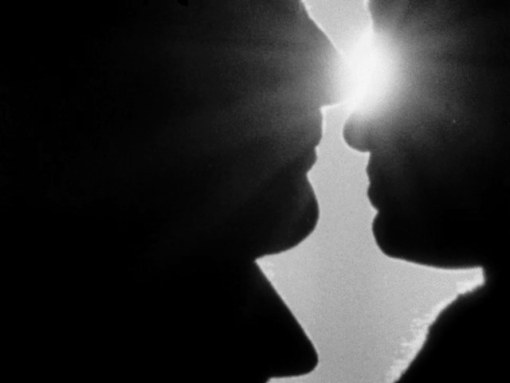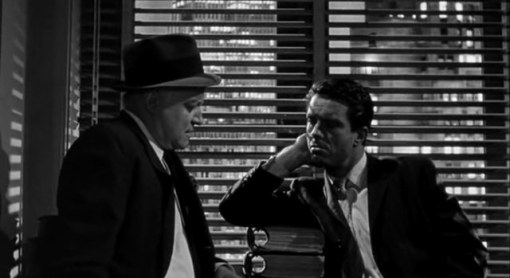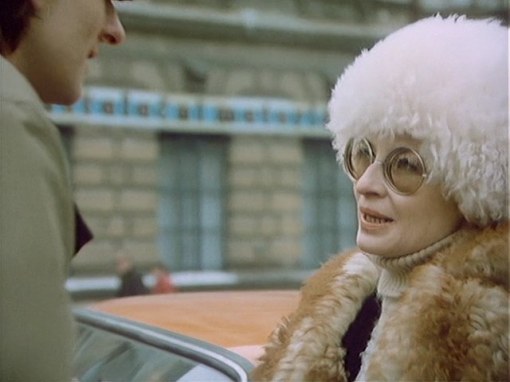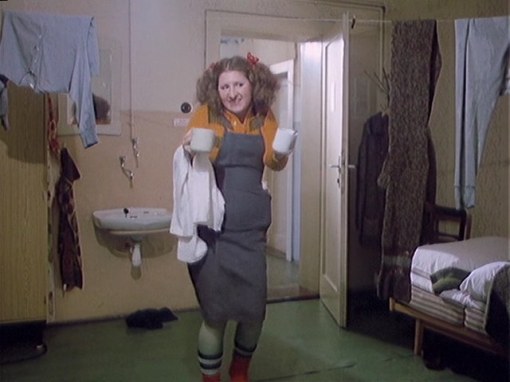Self-discovery is a real thing, a real process, yet it has undeniably become sullied, if only because it’s something so frequently depicted. Referring to our lives as “journeys” is hackneyed, as is the visualizations of said journey to have roads and paths. Yet, I can’t help but find these rickety and recycled images flowing through my head while watching Lea Pool’s Anne Trister, which is indeed a film about self-discovery. At times, the titular Anne seems to fit into all of these tired images, but it would be too cynical (and stupid) to write off every film about “finding yourself” just because it sounds so trite. Pool manages to tiptoe around these problems, and while her film’s simplistic symbolism occasionally threatens to push into that banal territory, her images and Anne herself remind us to be compassionate and loving. It’s not that the film begs for sympathy, it’s that it understands how, when struggling, most of us deserve some.
Following the death of her father, Anne Trister decides to reconnect with some distant family in Montreal. Departing from Switzerland, she must say goodbye to her boyfriend. The two keep in touch through letters. Anne begins living with a child psychologist, Alix, who spends most of her time analyzing a problem child named Sarah. In the mean time, Anne takes over a sprawling, yet vacant and deserted studio space and commences resurrecting a complicated mural. Alix’s relationship with Thomas begins to grow sour as Anne finds herself increasingly attracted to Alix. Neither of them are quite sure what to do next, so they both retreat into their work. Anne, working harder than ever on her mural and Alix, whose observations of Sarah develop into an experiment.
I find myself struggling to describe the relationship between Alix and Anne, but that’s mostly because there isn’t that much there. This is not a talkative film at all, and the beauty of the two’s love comes from what is left unsaid (which is a lot) and the fact that neither is entirely sure what they’re suppose to be working towards. Both are involved in seemingly steady romantic relationships with men, yet their potential romance doesn’t even seem to clash with that. There’s no suggestion that monogamy is necessary or even something to be concerned with, because Alix and Anne are probably more concerned with what they mean to each other, then what their love (and however that may manifest) means to the people around them. They’re not and shouldn’t be concerned with how their boyfriends may negatively react.
I feel like even bringing up the peripheral heterosexual relationships at play here undercuts what Pool is trying to accomplish. They’re not of consequence here, and Thomas being jealous about Anne seems like something only the most oblivious and selfish men in the audience would be concerned about. The film is about Anne, and her identity. That could mean her sexual identity, but the film does not try to neatly file away her new attraction into some huge “aha!” moment. Queerness doesn’t always perfectly make sense one day. Pool makes no attempt to define her protagonist, or even lead us to conclusions about her. Anne herself opens the film with a quote about her paintings that seems to reflect this, “We don’t always feel like working in standards, the frame limits me.” Although Pool has tightly composed her subjects literally, she has created an environment where, although they are overwhelmed and even scarred, they are still given the freedom to express their solitude.
If Pool takes a misstep, it’s that her film gets bogged down by the weight of its intentions. To elucidate, the film is centered on some heavy symbolism. The mural that Anne spends most of the film’s running time constructing is torn down while she’s in the hospital. She’s only in the hospital because of course, there’s a tragic accident while she’s working on the mural. With a film like Anne Trister it feels almost unfair to ridicule melodramatic turns since the narrative itself is not the point here. The film situates us so firmly with Anne that we might be willing to forgive some of its more forced moments. However, the film’s simplistic setup of the mural = dreams is corny. So all that hard work gets destroyed, which is sort of how Anne feels so far in life. All the effort put into her relationships, her love for her father, her work as a painter, her life feels destroyed. She feels lost and alone. Pool does a good job of communicating this without the tacky symbolism. Still a great film, but its strengths almost get lost alongside the rubble of the destroyed mural.
























